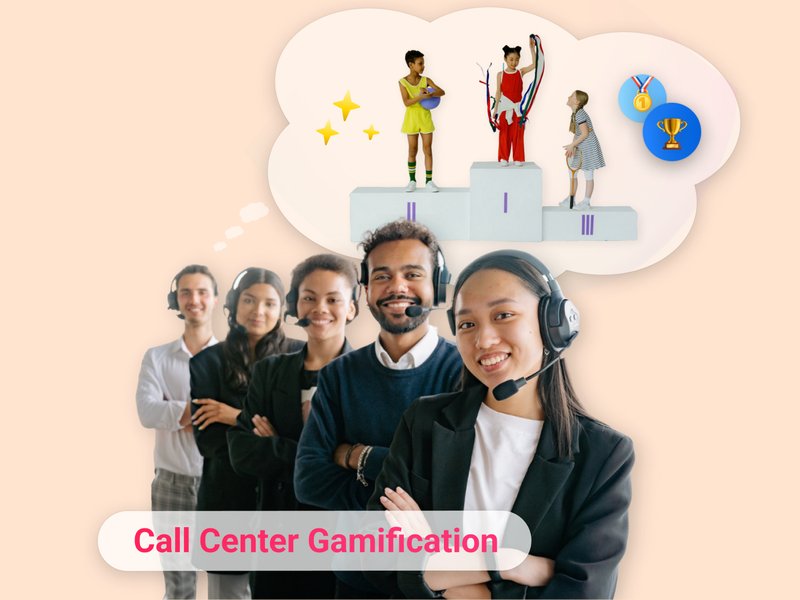What is gamification?
Let's start at the very beginning - the dictionary definition of gamification.
Gamification is defined by Merriam-Webster as “the process of adding games or gamelike elements to something (such as a task) so as to encourage participation”. Gamelike elements are characteristics that you would typically associate with games, such as levels, leaderboards, points and badges.
The general idea behind gamification is that if you take these elements that make games more enjoyable and apply them to mundane or non-game related tasks people will enjoy them much more.
Whilst these elements alone have been found to increase work activity, there is actually much more to gamification than simply these characteristics.
In order to create an effective and successful gamification initiative you have to do more than just applying these elements and hoping it has an effect; you need to tap into the human psyche.
"Gamification unlocks a new category of incentives for organizations to use in encouraging and celebrating preferred employee behaviors"
Richie Etwaru
Director of Social Enterprise, UBS
How does gamification work?
In order for a gamification initiative to be a success, intrinsic motivators must be activated.
Humans are competitive creatures, to so much of an extent that the University of Pennsylvania found that if you simply present someone with a leaderboard, they will naturally try to become top of it.
Yu-kai Chou’s Octalysis framework
Yu-kai Chou is a thought leader in the gamification world. His fascinating TED talk on gamification can be watched here, and he has a wealth of information about gamification on his website.
His work details the psychological basis of gamification and how it gets us to complete certain actions.
Yu-kai proposes a gamification framework called Octalysis.
It can briefly be explained as a collection of ‘core drives’, to use Yu-kai’s terminology, or intrinsic motivators that all human beings possess that compel us to do the things we do.
A couple of examples of these are ‘development and accomplishment’ which details that you’re motivated because you’re improving and levelling up, and ‘social influence and relatedness’ which means you are compelled to do what you do because of what others think and say.
By applying gamification features and elements that tap into these core drives, you can create a truly effective gamification solution.
"Gamification is 75% Psychology and 25% Technology"
Gabe Zichermann
CEO of Gamification.co
How to use gamification for better business results
At Plecto, we provide gamification features as part of our dashboard software.
Our gamification solution involves combining classic game elements like leaderboards and badges with the intrinsic motivators that trigger desired behavior.
One example of this is the ability to display one of our dashboards with gamification features on a TV screen in an office.
Doing this taps into Yu-kai Chou's 'social influence and relatedness' core drive as by having employees' performance displayed for everyone to see, they become concerned with status-building and take more pride in their actions.
This gives employees more accountability and motivation to improve or maintain their performance and status.
You can read more about the gamification features we offer here.


